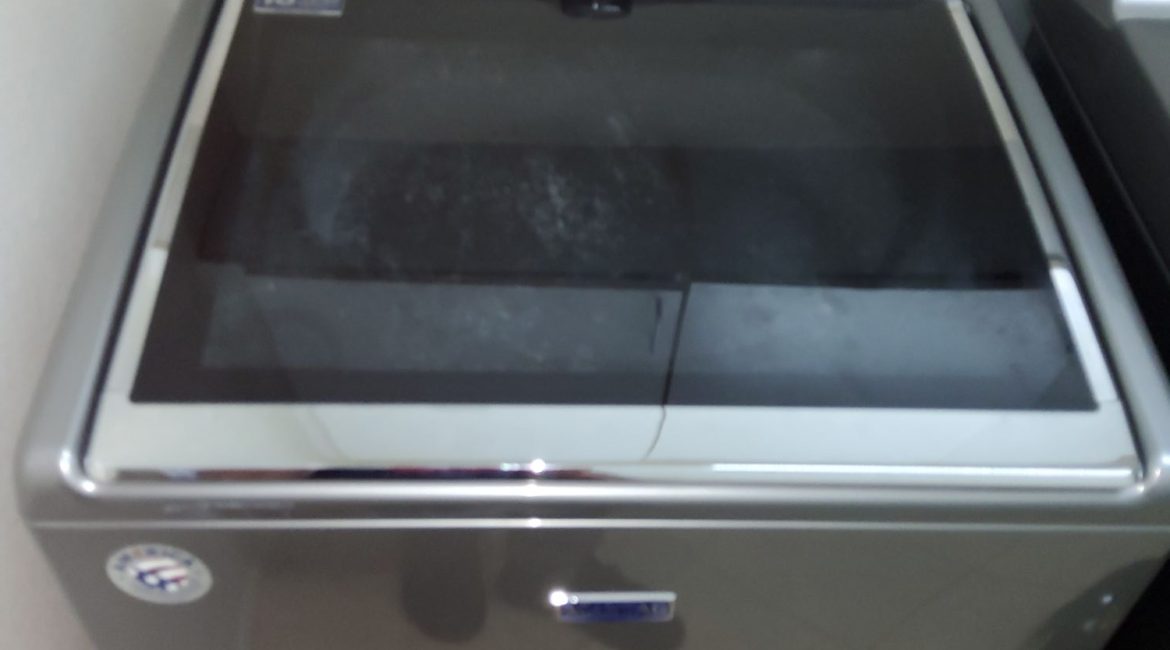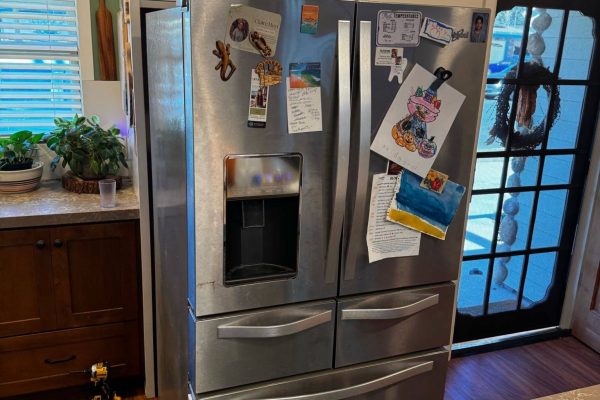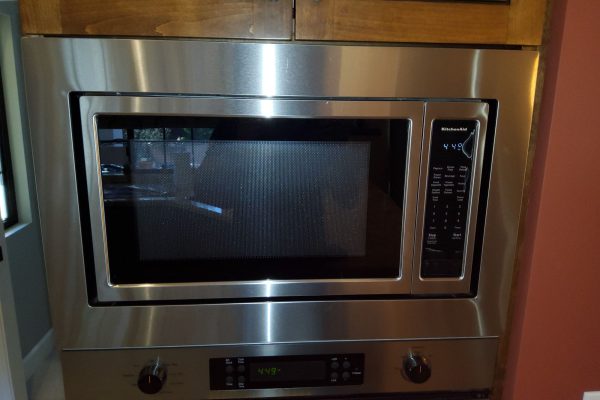When your washing machine drum refuses to spin, it’s one of the most frustrating issues you can face as a homeowner. The spinning function is vital for removing water from your clothes, and without it, your laundry will be left soaking wet, requiring more drying time. But before you call in a professional, it’s important to understand the common causes of this issue and possible solutions.
1. Power Issues
Before diving into complex problems, always check the basics first. A washing machine needs to be properly plugged in and receiving power for it to function. Sometimes, a simple power cut, tripped circuit breaker, or loose power cord can prevent the machine from working properly. Verify that the washing machine is plugged in and check the fuse box or circuit breakers to see if there are any issues with the power supply.
Solution: Ensure the washing machine is connected to a functional power source. Reset any tripped breakers or replace blown fuses. If the issue persists, it might be worth consulting an electrician.
2. Faulty Lid Switch
Most modern washing machines, especially front-load models, have a lid or door switch that prevents the drum from spinning when the door is open. This is a safety feature to prevent accidents. If the lid switch is malfunctioning, the washer may fail to recognize that it’s securely closed, thus preventing the drum from spinning.
Solution: You can check the lid switch by pressing it and observing if there’s a clicking sound. If it’s broken, it will need to be replaced by a professional.
3. Broken Drive Belt
The drive belt is an essential component of your washing machine’s spinning mechanism. It connects the motor to the drum, allowing it to spin. Over time, the belt can wear out, snap, or become loose, preventing the drum from rotating.
Solution: Inspect the drive belt to see if it’s intact. If it’s damaged, you will need to replace it. If you’re unsure, it’s best to hire a technician to handle this repair.
4. Malfunctioning Motor
The motor is responsible for driving the drum’s rotation. If the motor is damaged or worn out, it may not be able to produce the required power to spin the drum. While motors are typically durable, they can sometimes fail, especially in older machines or with heavy usage.
Solution: If the motor appears to be the issue, the best course of action is to consult with a technician. Repairing or replacing the motor can be complex and requires expert knowledge.
5. Clogged or Obstructed Drain Pump
A blocked drain pump can lead to water retention in the drum, preventing the machine from reaching the proper spin cycle. When the washer cannot drain the water properly, the drum will be unable to spin effectively.
Solution: Inspect the drain pump for clogs or blockages. Ensure that hoses are free from debris, and check the pump filter. Clean any obstructions and try running the machine again.
6. Unbalanced Load
Sometimes the issue may not lie with the washing machine itself but with the load inside. When the laundry inside the drum is unevenly distributed, it can throw off the balance of the machine, causing the drum to stop spinning. This is especially true if you’re washing heavy items like blankets or towels alongside smaller, lighter garments.
Solution: Try redistributing the load evenly in the drum. Avoid overloading the machine, as this can also cause imbalance and prevent proper spinning.
7. Faulty Control Board
The control board is the brain of your washing machine. If there’s a fault with this component, it could prevent the spin cycle from starting altogether. Issues with the control board may also lead to error messages or an unresponsive washing machine.
Solution: Diagnosing a faulty control board can be tricky. If you suspect that this is the issue, it’s best to contact a professional appliance repair technician. They will test the control board and replace it if necessary.
8. Broken Shock Absorbers or Suspension Springs
In some cases, the drum’s suspension system could be damaged, leading to the drum failing to spin correctly. Shock absorbers and suspension springs support the drum and help it stay balanced during the spin cycle. If these parts are broken or worn out, it can cause the drum to become misaligned, preventing it from rotating.
Solution: If you notice unusual noise or a jerky motion during the spin cycle, it could be a sign of broken suspension components. Replacing shock absorbers or suspension springs requires specialized knowledge, so contacting a technician is recommended.
While it’s always frustrating when your washing machine drum won’t spin, understanding the possible causes and solutions can help you narrow down the issue. Some problems are easy to fix, while others may require professional help. If you’ve tried troubleshooting on your own and the issue persists, it’s time to call in an expert to avoid causing further damage to your washing machine.
If your washing machine drum is not spinning properly, don’t wait until it gets worse! Contact Oceanside Appliance Service Center today for professional appliance repair services and get your washing machine back in working order.
Contact us


